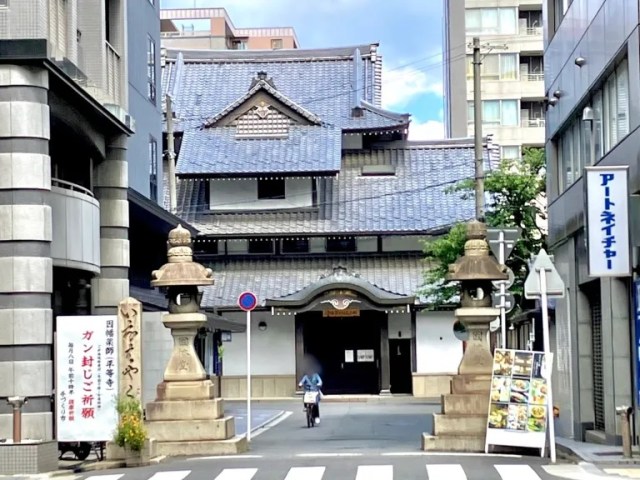
It’s time for the final part of our epic Kyoto stroll!
Welcome back to SoraNews24’s no-bus, all-walking sightseeing guide to Kyoto. To recap, we put this one-day walking route together in response to Kyoto’s increasingly overcrowded buses, which were, once upon a time, the most convenient way to make the rounds of the city’s temples, shrines, and other sightseeing attractions.
Since we’re focusing on the route, we’re including a ton of sights along the way, more than you could comfortably fit in spending time inside of all on the same day. It’s always nice to have plenty of options, though, especially since the final choice of which spots to head inside of will depend on your personal preferences and any prior experience you may have traveling in Kyoto, and whether you want to revisit places you’ve been before or focus on new ones.
So far, in Parts 1, 2, and 3, we’ve covered five segments of our course, which started at Kyoto Station at 7 o’clock in the morning:
● Kyoto Station to Fushimi Inari Shrine
● Fushimi Inari Shrine to Kiyomizudera Temple
● Kiyomizudera Temple to Nanzenji Temple
● Nanzenji Temple to Shimogamo Shrine
● Shimogamo Shrine to Higashi Honganji Temple
In this article, we’ll be covering the sixth, and final, part of the route.
● Section 6: Higashi Honganji Temple to Kitano Tenmangu Shrine
We left off at Higashi Honganji Temple (seen in the above photo), having arrived there at 1:30 in the afternoon. Our next stop was Byodoji Temple (平等寺), a stately looking structure nestled among office buildings, demonstrating just how entwined Kyoto’s history is with present-day life in the city.
▼ Walking route from Higashi Honganji to Byodoji
Continuing north brings us to Rokkakudo (六角堂), which translates to “six-sided hall” and refers to the unique hexagonal shape of the temple’s main building.
While we’re in the neighborhood, let’s swing by the Kyoto International Manga Museum…
…and then Nijo Castle (二条城), Nijo Castle exhibits some distinctive traits among Japanese castles. Built after the end of the most intense fighting of Japan’s centuries-long Sengoku period civil wars, Nijo Castle was primarily designed as a comfortable estate for the shogun to stay in when visiting Kyoto, not as a fortress, and so it has a lower, more palatial layout than the typical tower-centered castle.
▼ Outer edge of Nijo Castle grounds
Swinging back to the south gets us to Hokkeji Temple (法華寺)
…and after one last strolling spurt, we’re at Kitano Tenmangu Shrine (北野天満宮), the final stop on our no-bus Kyoto route!
So what were the final time and step tallies for the whole thing, all segments from start to finish? We started walking at Kyoto Station at 7 a.m., and it was 3:19 in the afternoon when we got to Kitano Tenmangu Shrine for a total of 8 hours and 19 minutes. As for our steps…
…we took 43,007 of them! So yeah, we defiantly weren’t going to feel guilty about treating ourselves to some of Kyoto’s famous matcha green tea sweets after all that exercise.
Before we wrap things up we should say, once again, that we don’t necessarily recommend you do this whole walking course in one day. Not that we’re going to try to talk you out of it, either. If you’re into super-long walks, feel free to go crazy and do it all in one day! But most people will tell you that a Kyoto trip is most enjoyable when you slow down and give yourself time to stop and soak up the atmosphere at a smaller number of sites, rather than rushing to see as many as possible. Because of that, we suggest using our guide not as a strict itinerary, but as a resource to help you avoid the stress of Kyoto’s crowded buses while also getting to see it from a local, on-foot perspective. Do as many of the segments as strike your interest and fit within your preferred travel tempo.
Happy walking, and maybe we’ll see each other out there on our next Kyoto walk.
Photos ©SoraNews24
● Want to hear about SoraNews24’s latest articles as soon as they’re published? Follow us on Facebook and Twitter!

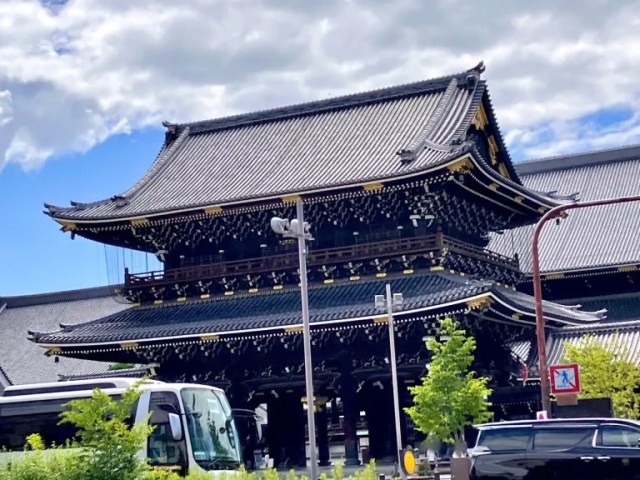
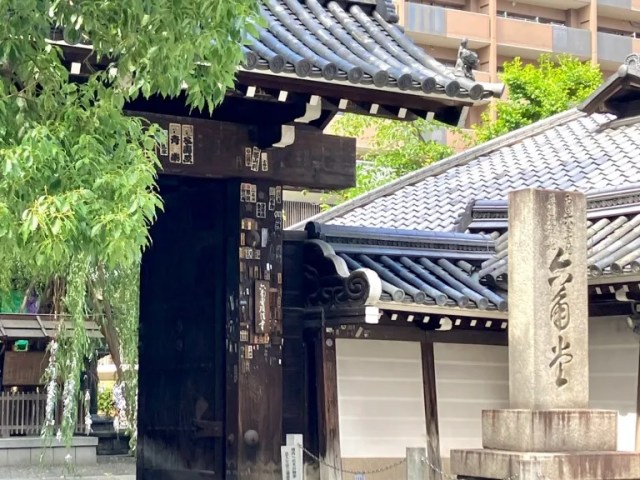
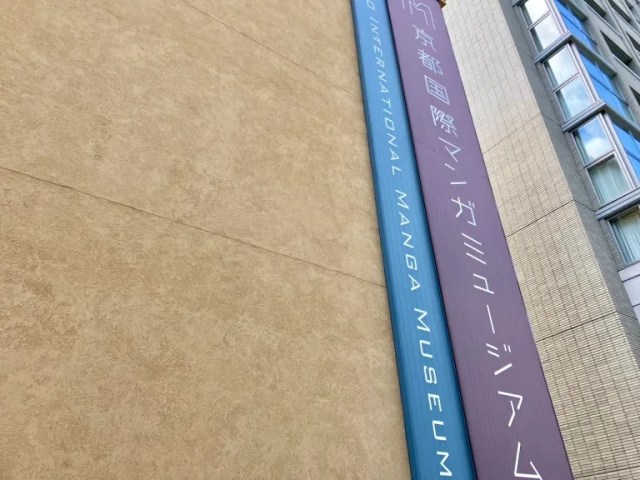
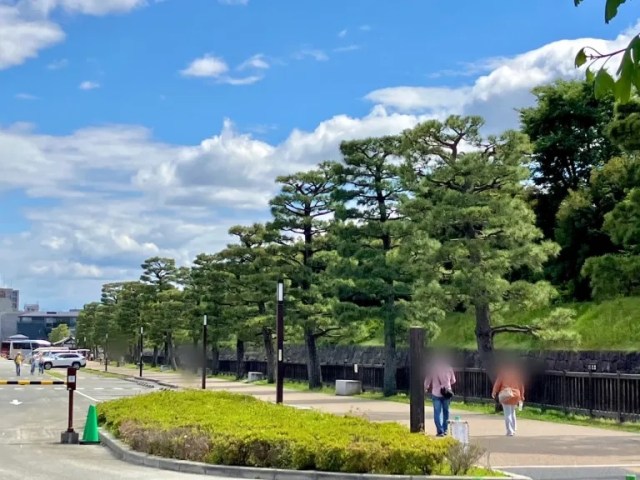
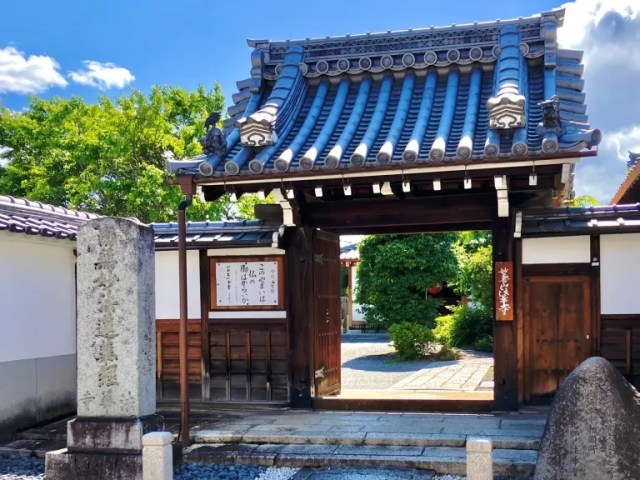
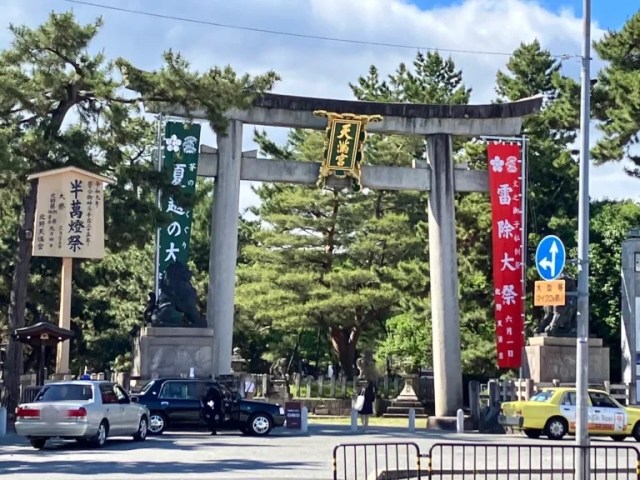
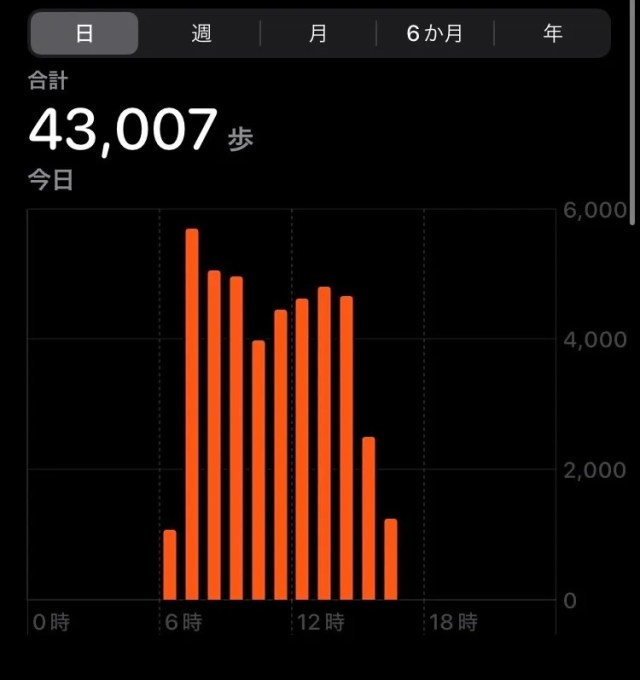
 No-bus Kyoto sightseeing! SoraNews24’s ultimate on-foot guide for Japan’s former capital【Part 1】
No-bus Kyoto sightseeing! SoraNews24’s ultimate on-foot guide for Japan’s former capital【Part 1】 No-bus Kyoto sightseeing! SoraNews24’s ultimate on-foot guide for Japan’s former capital【Part 2】
No-bus Kyoto sightseeing! SoraNews24’s ultimate on-foot guide for Japan’s former capital【Part 2】 No-bus Kyoto sightseeing! SoraNews24’s ultimate on-foot guide for Japan’s former capital【Part 3】
No-bus Kyoto sightseeing! SoraNews24’s ultimate on-foot guide for Japan’s former capital【Part 3】 Tokyo big walk – Walking from Tokyo Station to the Big Sight convention center on Tokyo Bay【Pics】
Tokyo big walk – Walking from Tokyo Station to the Big Sight convention center on Tokyo Bay【Pics】 Fire breaks out in Kyoto hotel, mobile battery to blame
Fire breaks out in Kyoto hotel, mobile battery to blame Hayao Miyazaki says Happy New Year to Studio Ghibli fans with new art for Year of the Horse
Hayao Miyazaki says Happy New Year to Studio Ghibli fans with new art for Year of the Horse We revisited Sweets Paradise after a decade to see if Japan’s dessert buffet still delivers
We revisited Sweets Paradise after a decade to see if Japan’s dessert buffet still delivers Starbucks Japan unveils new S’mores Frappuccino and latte for Christmas 2025
Starbucks Japan unveils new S’mores Frappuccino and latte for Christmas 2025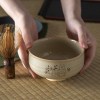 Studio Ghibli adds magic to your matcha with new tea ceremony whisk and bowl
Studio Ghibli adds magic to your matcha with new tea ceremony whisk and bowl Popular Japanese store Loft reveals their top 12 most popular items sold in 2018【Pictures】
Popular Japanese store Loft reveals their top 12 most popular items sold in 2018【Pictures】 Our batch of homemade Oreos – Why didn’t we think of this before?
Our batch of homemade Oreos – Why didn’t we think of this before? Dragon Quest Burgers and Slime drinks are coming to McDonald’s Japan【Video】
Dragon Quest Burgers and Slime drinks are coming to McDonald’s Japan【Video】 Winter walking event takes you around Totoro forest loved by Hayao Miyazaki
Winter walking event takes you around Totoro forest loved by Hayao Miyazaki How often do Japanese people rip silent farts? Survey investigates
How often do Japanese people rip silent farts? Survey investigates Studio Ghibli’s new desktop Howl’s Moving Castle will take your stationery on an adventure
Studio Ghibli’s new desktop Howl’s Moving Castle will take your stationery on an adventure Starbucks Japan ready to get Year of the Horse started with adorable drinkware and plushies【Pics】
Starbucks Japan ready to get Year of the Horse started with adorable drinkware and plushies【Pics】 Cyberpunk anime meets traditional culture in Ghost in the Shell gold leaf Japanese changing screens
Cyberpunk anime meets traditional culture in Ghost in the Shell gold leaf Japanese changing screens 7 great places to see Mt. Fuji from without having to climb it
7 great places to see Mt. Fuji from without having to climb it Hello Kitty Choco Egg figures are an adorable trip through three periods of Japanese pop culture【Pics】
Hello Kitty Choco Egg figures are an adorable trip through three periods of Japanese pop culture【Pics】 7-Eleven Japan’s ramen-cooking robot whipped us up a bowl of noodles【Taste test】
7-Eleven Japan’s ramen-cooking robot whipped us up a bowl of noodles【Taste test】 We found possibly the quietest Japanese-style hotel in Tokyo’s bustling Shinjuku district
We found possibly the quietest Japanese-style hotel in Tokyo’s bustling Shinjuku district Japan’s otoshidama tradition of giving kids money at New Year’s gets a social welfare upgrade
Japan’s otoshidama tradition of giving kids money at New Year’s gets a social welfare upgrade Sumo Sanrio! Hello Kitty and pals team up with Japan Sumo Association for new merch【Pics】
Sumo Sanrio! Hello Kitty and pals team up with Japan Sumo Association for new merch【Pics】 More Than a Capsule Stay: Why Solo Travelers Choose “global cabin Yokohama Chinatown”
More Than a Capsule Stay: Why Solo Travelers Choose “global cabin Yokohama Chinatown” Japan’s oldest largetooth sawfish in captivity back on display in Mie Prefecture
Japan’s oldest largetooth sawfish in captivity back on display in Mie Prefecture 7-Eleven Japan starts new temporary luggage storage service in over 300 branches
7-Eleven Japan starts new temporary luggage storage service in over 300 branches Disillusionment at Tsukiji’s tourist-target prices led us to a great ramen restaurant in Tokyo
Disillusionment at Tsukiji’s tourist-target prices led us to a great ramen restaurant in Tokyo Starbucks teams up with 166-year-old Kyoto doll maker for Year of the Horse decorations【Photos】
Starbucks teams up with 166-year-old Kyoto doll maker for Year of the Horse decorations【Photos】 Tokyo considering law requiring more trash cans following litter increase in heavily touristed area
Tokyo considering law requiring more trash cans following litter increase in heavily touristed area Tokyo’s Tsukiji sushi neighborhood asks tour groups to stay away for the rest of the month
Tokyo’s Tsukiji sushi neighborhood asks tour groups to stay away for the rest of the month Tokyo event lets you travel back in time, for free, to celebrate 100 years since Showa era start
Tokyo event lets you travel back in time, for free, to celebrate 100 years since Showa era start Sanrio theme park in Japan announces plans to expand into a Sanrio resort
Sanrio theme park in Japan announces plans to expand into a Sanrio resort Japan may add Japanese language proficiency, lifestyle classes to permanent foreign resident requirements
Japan may add Japanese language proficiency, lifestyle classes to permanent foreign resident requirements Stamina-destroying “Paralysis Noodles” are Tokyo’s newest over-the-top ramen innovation
Stamina-destroying “Paralysis Noodles” are Tokyo’s newest over-the-top ramen innovation Survey asks foreign tourists what bothered them in Japan, more than half gave same answer
Survey asks foreign tourists what bothered them in Japan, more than half gave same answer Japan’s human washing machines will go on sale to general public, demos to be held in Tokyo
Japan’s human washing machines will go on sale to general public, demos to be held in Tokyo Japan’s deadliest food claims more victims, but why do people keep eating it for New Year’s?
Japan’s deadliest food claims more victims, but why do people keep eating it for New Year’s? We deeply regret going into this tunnel on our walk in the mountains of Japan
We deeply regret going into this tunnel on our walk in the mountains of Japan Studio Ghibli releases Kodama forest spirits from Princess Mononoke to light up your home
Studio Ghibli releases Kodama forest spirits from Princess Mononoke to light up your home Major Japanese hotel chain says reservations via overseas booking sites may not be valid
Major Japanese hotel chain says reservations via overseas booking sites may not be valid Put sesame oil in your coffee? Japanese maker says it’s the best way to start your day【Taste test】
Put sesame oil in your coffee? Japanese maker says it’s the best way to start your day【Taste test】 No more using real katana for tourism activities, Japan’s National Police Agency says
No more using real katana for tourism activities, Japan’s National Police Agency says Starbucks Japan reveals new sakura drinkware collection, inspired by evening cherry blossoms
Starbucks Japan reveals new sakura drinkware collection, inspired by evening cherry blossoms Updated cherry blossom forecast shows extra-long sakura season for Japan this year
Updated cherry blossom forecast shows extra-long sakura season for Japan this year Biking around Tama Lake: A super-easy, super-relaxing afternoon getaway from downtown Tokyo【Pics】
Biking around Tama Lake: A super-easy, super-relaxing afternoon getaway from downtown Tokyo【Pics】 Studio Ghibli art train to run in Tokyo at anime film’s real-world location
Studio Ghibli art train to run in Tokyo at anime film’s real-world location How far away from Tokyo can you get with 5,000 yen? Let’s find out!
How far away from Tokyo can you get with 5,000 yen? Let’s find out! Kyoto travel alternative: The “little Kyoto” of Shuzenji【Photos】
Kyoto travel alternative: The “little Kyoto” of Shuzenji【Photos】 Tokyo’s 400-year-old Shinto shrine welcomes Roombas to help with annual susuosame ceremony【Video】
Tokyo’s 400-year-old Shinto shrine welcomes Roombas to help with annual susuosame ceremony【Video】 We deeply regret going into this tunnel on our walk in the mountains of Japan
We deeply regret going into this tunnel on our walk in the mountains of Japan Tokyo shrine hosts event for anime fans ready to let go and recycle character keychains, standees
Tokyo shrine hosts event for anime fans ready to let go and recycle character keychains, standees Tokyo’s busiest train line to be partially shut down this weekend as part of Shibuya renovations
Tokyo’s busiest train line to be partially shut down this weekend as part of Shibuya renovations Tokyo’s Yabai sweet potato shop lives up to its name with a truly yabai creation
Tokyo’s Yabai sweet potato shop lives up to its name with a truly yabai creation How to do an overnight bus trip to Tokushima from Tokyo – Part 2【Photos】
How to do an overnight bus trip to Tokushima from Tokyo – Part 2【Photos】 How to do an overnight bus trip to Hirosaki from Tokyo – Part 2【Photos】
How to do an overnight bus trip to Hirosaki from Tokyo – Part 2【Photos】 Man passes away on Tokyo train, no one notices until nearly 12 hours and 650 kilometers later
Man passes away on Tokyo train, no one notices until nearly 12 hours and 650 kilometers later How to do an overnight bus trip to Hirosaki from Tokyo – Part 1【Photos】
How to do an overnight bus trip to Hirosaki from Tokyo – Part 1【Photos】 Right now is the peak time to go to Tokyo’s most-beautiful-view beer garden【Photos】
Right now is the peak time to go to Tokyo’s most-beautiful-view beer garden【Photos】 Station of despair: What to do if you get stuck at the end of Tokyo’s Chuo Rapid Line
Station of despair: What to do if you get stuck at the end of Tokyo’s Chuo Rapid Line
Leave a Reply